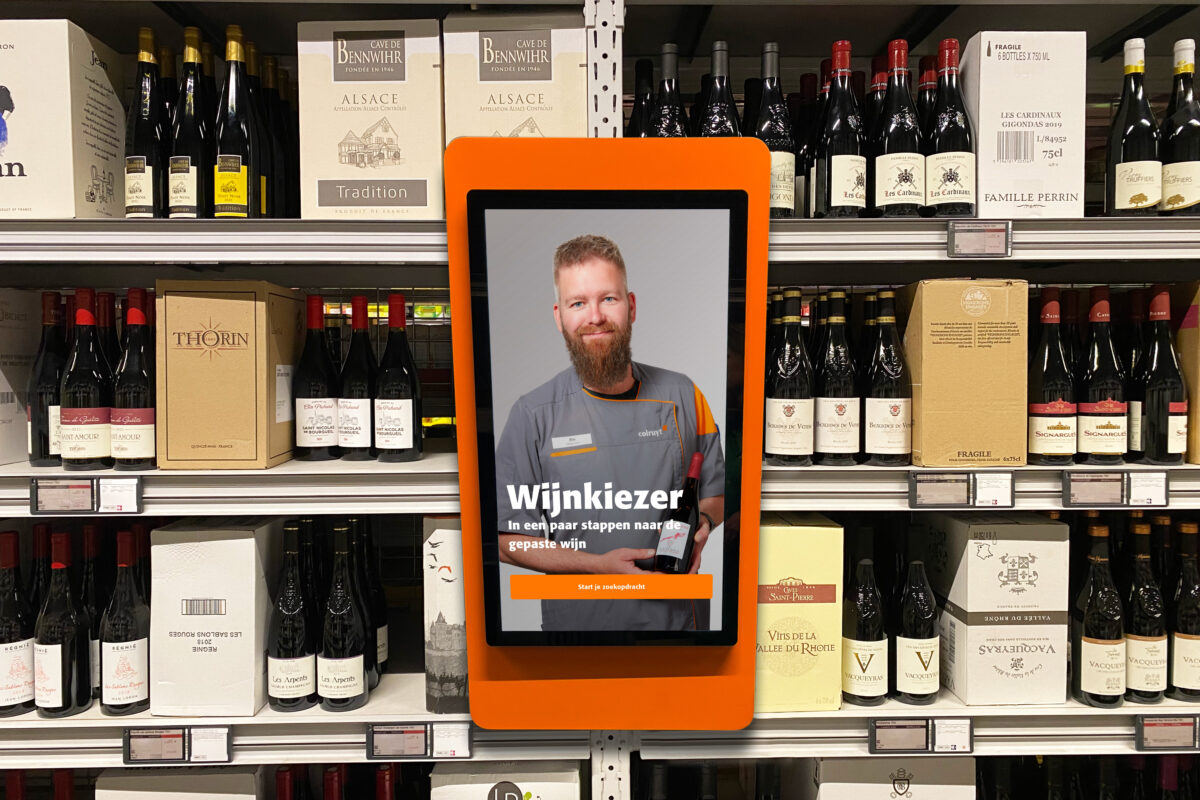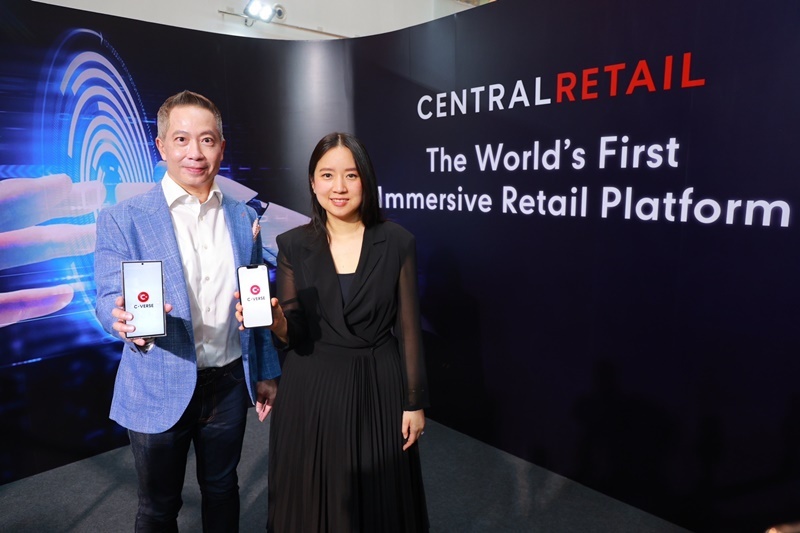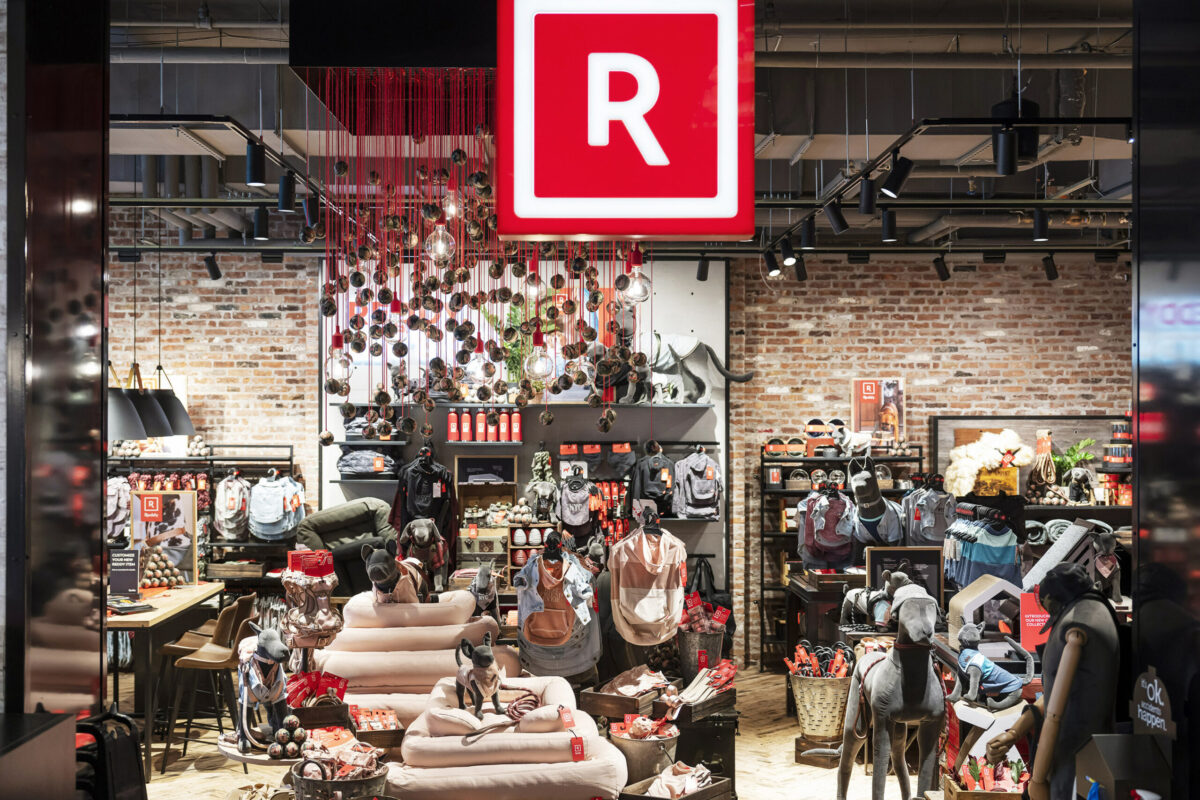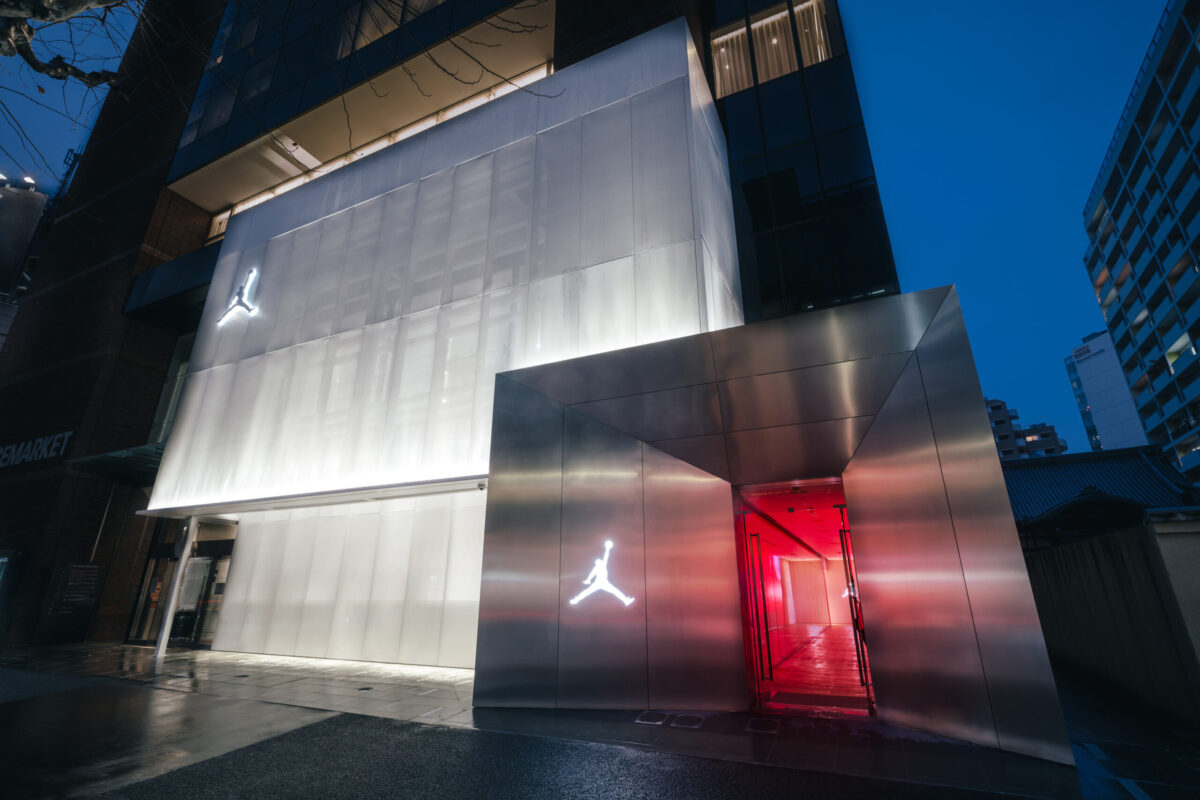Augmented reality in retail and its impact on sales
Augmented reality (AR) is a technology that superimposes virtual objects onto a live view of physical environments, helping users visualize how these objects fit into their physical world. Researchers from City University of Hong Kong and Singapore Management University published a new paper in the Journal of Marketing that identifies four broad uses of AR in retail settings and examines the impact of AR on retail sales.
The study, forthcoming in the Journal of Marketing, is titled “Augmented Reality in Retail and Its Impact on Sales” and is authored by Yong-Chin Tan, Sandeep Chandukala, and Srinivas Reddy. The researchers discuss the following uses of AR in retail.
Uses of AR in retail settings:
• To entertain customers. AR transforms static objects into interactive, animated three-dimensional objects, helping marketers create fresh experiences that captivate and entertain customers. Marketers can use AR-enabled experiences to drive traffic to their physical locations. For example, Walmart collaborated with DC Comics and Marvel to place special thematic displays with exclusive superhero-themed AR experiences in its stores. In addition to creating novel and engaging experiences for customers, the displays also encouraged customers to explore different areas in the stores.
• To educate customers. Due to its interactive and immersive format, AR is also an effective medium to deliver content and information to customers. To help customers better appreciate their new car models, Toyota and Hyundai have utilized AR to demonstrate key features and innovative technologies in a vivid and visually appealing manner. AR can also be used to provide in-store wayfinding and product support. Walgreens and Lowe’s have developed in-store navigation apps that overlay directional signals onto a live view of the path in front of users to guide them to product locations and notify them if there are special promotions along the way.
• To facilitate product evaluation. By retaining the physical environment as a backdrop for virtual elements, AR also helps users visualize how products would appear in their actual consumption contexts to assess product fit more accurately prior to purchase. For example, Ikea’s Place app uses AR to overlay true-to-scale, three-dimensional models of furniture onto a live view of customers’ rooms. Customers can easily determine if the products fit in a space without taking any measurements. Uniqlo and Topshop have also deployed the same technology in their physical stores, offering customers greater convenience by reducing the need to change in and out of different outfits. An added advantage of AR is its ability to accommodate a wide assortment of products. This capability is particularly useful for made-to-order or bulky products. BMW and Audi have used AR to provide customers with true-to-scale, three-dimensional visual representations of car models based on customized features such as paint color, wheel design, and interior aesthetics.
• To enhance the post-purchase consumption experience. Lastly, AR can be used to enhance and redefine the way products are experienced or consumed after they have been purchased. For example, Lego recently launched several specially designed brick sets that combine physical and virtual gameplay. Through the companion AR app, animated Lego characters spring to life and interact with the physical Lego sets, creating a whole new playing experience. In a bid to address skepticism about the quality of its food ingredients, McDonald’s has also used AR to let customers discover the origins of ingredients in the food they purchased via story-telling and three-dimensional animations.
Impact of AR on sales
The research also focuses on the promising application of AR to facilitate product evaluation prior to purchase and examine how it impacts sales in online retail. For example:
• The availability and usage of AR has a positive impact on sales. The overall impact appears to be small, but certain products are more likely to benefit from the technology than others.
• The impact of AR is stronger for products and brands that are less popular. Thus, retailers carrying wide product assortments can use AR to stimulate demand for niche products at the long tail of the sales distribution. AR may also help to level the playing field for less-popular brands. With the launch of AR-enabled display ads on advertising platforms such as Facebook and YouTube, less-established brands could consider investing in this new ad format because they stand to benefit most from this technology.
• The impact of AR is also greater for products that are more expensive, indicating that AR could increase overall revenues for retailers. Retailers selling premium products may also leverage AR to improve decision comfort and reduce customers’ hesitation in the purchase process.
• Customers who are new to the online channel or product category are more likely to purchase after using AR, suggesting that AR has the potential to promote online channel adoption and category expansion. As prior research has shown that multichannel customers are more profitable, omnichannel retailers can use AR to encourage their offline customers to adopt the online channel.
Taken together, these findings provide converging evidence that AR is most effective when product-related uncertainty is high. Managers can thus use AR to reduce customer uncertainty and improve sales.
Source: American Marketing Association





















